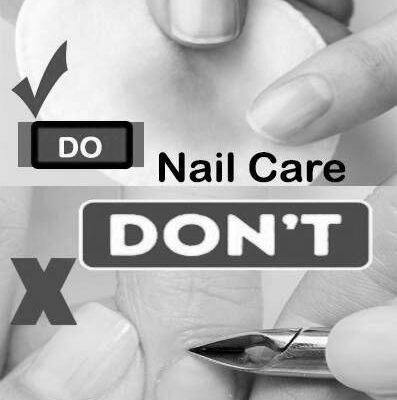- Dos and Don’ts of Nail Care
- Avoiding chemical products
- Avoiding sharing your nail file
- Avoiding soaking your nails before a manicure
- Avoiding causing infection or inflammation by fighting the urge to bite your nails
- How Long Should Your Natural Nail Be to Get Acrylic Nails?
- Avoid picking at acrylic nails to get them done.
- Avoid frequent touch-ups
- Avoid cheap acrylic treatment.
Dos and Don’ts of Nail Care
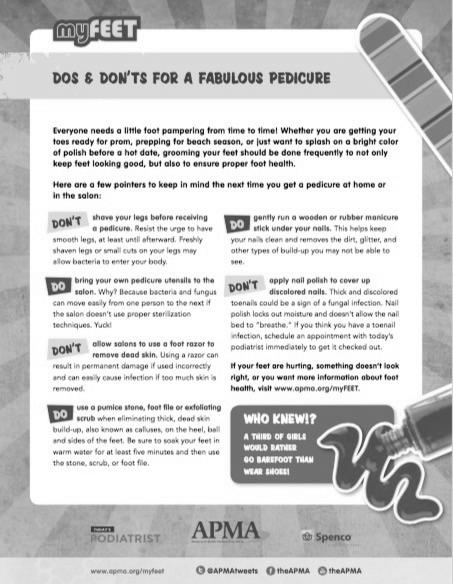
If you’re a frequent manicure seeker, you might already be familiar with nail care’s basic dos and don’ts. Some of these include: Avoiding the use of chemical products, sharing nail files, and resisting the urge to bite your nails! Hopefully, these tips will help you achieve beautiful, healthy nails! Keep reading to learn more! After all, the more you know about nail care, the more confident you’ll become!
Avoiding chemical products
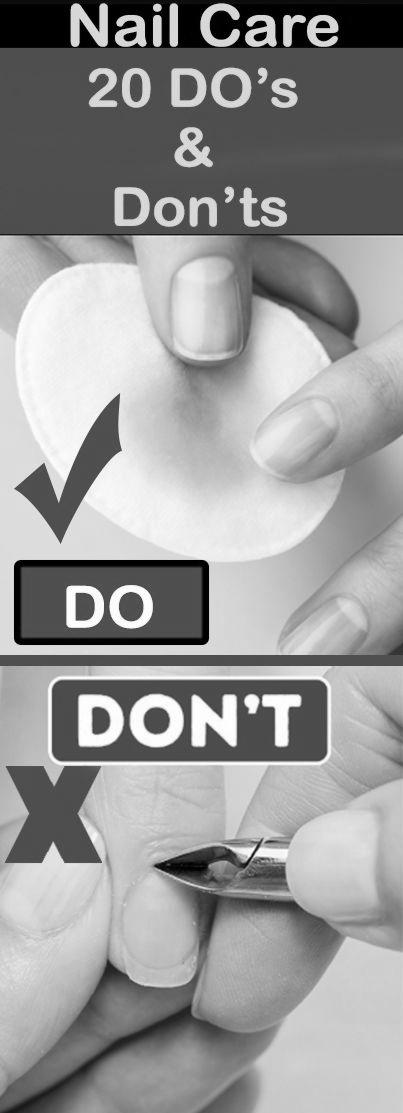
Some chemicals found in nail products are known carcinogens. DTSC, the California Department of Toxic Substances Control, analyzed products sold in California distributors in 2012 to assess their potential health and safety risks.
When using chemical products, make sure you wear protective gloves. Wear latex or vinyl gloves in nail salons. Remember that damaged skin is more susceptible to chemicals. If you notice any skin irritation, discontinue using the product immediately. Avoid chemicals in nail care products if you experience skin irritation or rash. Listed below are some of the most common chemicals, and avoid them. Once you’ve mastered your nail care technique, avoid using these toxic chemicals in your home.
If you’re a salon owner or employee, you’re legally required to read the SDS for any chemical products you use. You’ll be protected from many risks if you use only safer products and dispense information about them to employees. In addition to following these guidelines, nail salon owners must also follow COSHH regulations to ensure their salons are safe to work in. A good resource for these regulations is the California Healthy Nail Salon Collaborative, founded in 2010.
Nail products contain dibutyl phthalate, dimethyl phthalate, and diethyl phthalate, three of the most common chemicals used in nail polish. The FDA’s latest survey of nail salon products found only DBP in four out of six products surveyed, while DEP and DMP were found in just one nail product. In New York, the state has some of the country’s strictest regulations for nail salons.
Xylene is one of the most harmful chemicals used in nail salons. This compound is found in paint thinners, nail polish, and petroleum products. Low doses of xylene can cause headaches, nausea, and difficulty breathing. On the other hand, high-level exposures can affect the kidneys and respiratory system and even cause a miscarriage. It is also essential to consider the health risks of toluene, another chemical found in nail care products.
Avoiding sharing your nail file
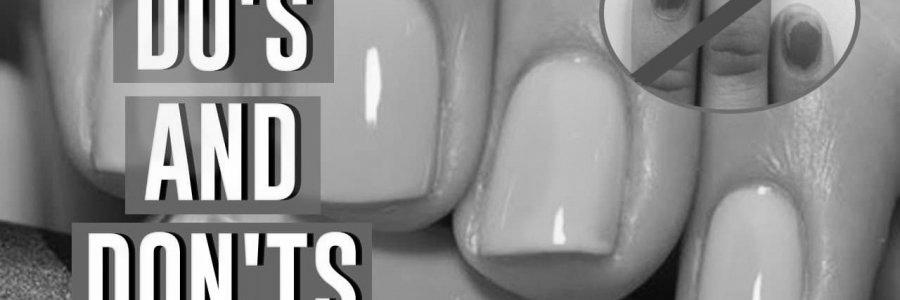
Keeping your nail files clean is very important because they carry germs and fungi that can lead to nail infections. Sharing a nail file can also spread disease. It is good to keep your file clean and buy a new one if it has been used by another person. Healthy nails are uniform in color and consistency. If they have any unusual characteristics, you should visit a dermatologist for a diagnosis.
Avoiding soaking your nails before a manicure
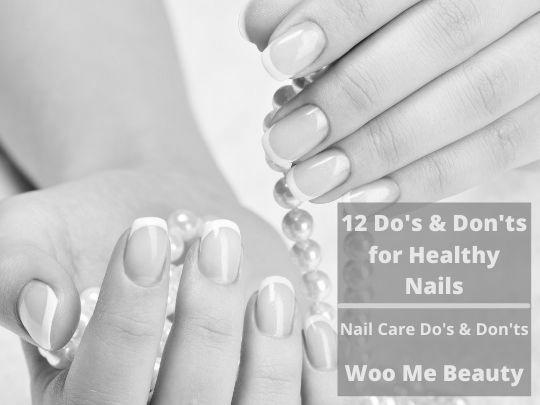
There are many benefits to skipping the soak before a manicure. For starters, it’s better for the environment. The water in a soaking bath may have come from the client who came before you. Besides, you’re less likely to acquire a fungal infection during the service. Furthermore, a dry manicure will last longer. Here are three more reasons to skip the soak before a manicure:
It’s essential to moisturize your hands before a manicure to avoid damage to your hands. A few drops of your favorite hand cream or lotion will soften your hands and nails. You can also try soaking your hands in milk and honey, white vinegar, or egg. If you’d like a softer hand, you can wash your hands in citrus fruits or milk. Alternatively, you can try soaking your nails in a lemon zest or milk and honey bath.
The lemon is a great fruit. Lemon helps soften and makes your nails stronger and whiter. It also works to fix yellowed nails. To make a simple nail soak, mix one tablespoon of honey with a cup of milk and allow it to soak for ten minutes. You’ll soon notice the difference in your hands and nails! You’ll be glad you did. If you’re having problems soaking your nails, lemon can help you fix them.
DIY can be expensive and chipped easily despite the convenience of at-home manicures. If you don’t follow the instructions correctly, your manicure can be too expensive. You might end up with a mani that is too short or too long-lasting. You can also remove existing polish using white vinegar and an acetone-free polish remover. Once you’re done with the nail prep, you can start applying polish.
Avoiding causing infection or inflammation by fighting the urge to bite your nails

Those prone to biting their fingernails should try to keep them short. This way, they will have less of a nail to chew, making it harder to cause inflammation or infection. You should also avoid biting your nails if you have hangnails or are callous. You can also get weekly manicures at a nail salon or do them yourself at home.
Aside from being uncomfortable, nail-biting can also cause a lot of problems. Inflammation and infection are possible side effects, which make nail-biting extremely dangerous. Moreover, the habit can lead to gum or throat infections. It may also result in jaw clenching or tooth grinding, leading to severe conditions such as Temporomandibular Joint Syndrome (TMJ), which can lead to muscle pain and chronic headaches.
Aside from causing damage to your nails, nail-biting can also cause gum irritation and tooth shift. You may even need braces to correct your dental issues in extreme cases. Aside from these risks, nail-biting can also cause bad breath, as bacteria in your nails can irritate your gums. It is essential to trim your nails regularly and use preventative nail polish to stop nail-biting. Often, this habit starts as a reaction to stress, frustration, and anxiety. About 60% of children and adults bite their nails. Although this habit is harmless, the dangers of nail-biting are not merely cosmetic.
By fighting the urge to bite your nails, you can help prevent them from developing infections. Ingrown nails can lead to inflammation, discoloration, pain, and even separation from the skin. If you bite your fingernails, you risk creating a painful and dangerous infection known as paronychia. A severe case may even lead to permanent disability. This type of infection can spread throughout the body, so it is best to avoid nail-biting for now.
How Long Should Your Natural Nail Be to Get Acrylic Nails?
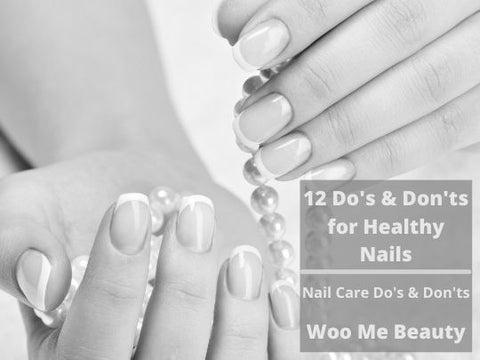
Getting acrylic nails maybe your dream of having long, glossy nails, but you’re unsure how long your natural nail should be. Acrylic nails are a popular way to add a beautiful, professional look to your hand, but they can be dangerous if you don’t follow some precautions. The longer your natural nail is, the more likely it will break or crack. If you don’t care for your natural nail’s length, you’ll likely need frequent touch-ups.
Avoid picking at acrylic nails to get them done.
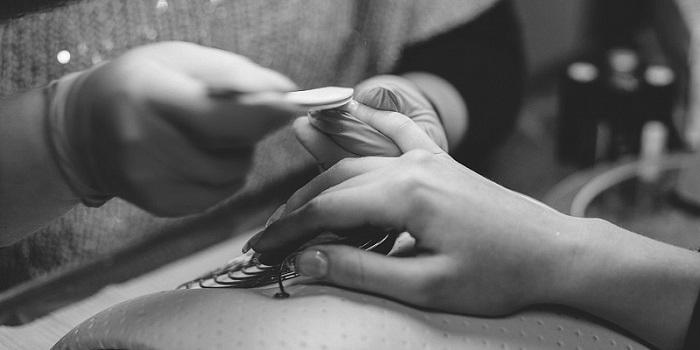
Acrylic nails require regular maintenance and care. Picking at the acrylic can breakage and weaken the natural nails. To prevent this, avoid prolonged contact with water, and wear protective gloves when cleaning and pot-washing. To maintain healthy cuticles and nail beds, apply cuticle oil on your nails before going to the salon. This will replace the destructive habit and keep acrylic nails looking good.
To prevent infections from forming on acrylic nails, visit a salon that has strict hygiene standards. Cheap salons often don’t use proper sanitation equipment and chemicals that may cause dermatitis. Besides causing infections, acrylics can also lead to irritation in the respiratory tract and nose. As a result, it is better to avoid these nail salons and opt for a high-end salon that offers premium services.
When getting acrylic nails, always file your natural nail first. A primer will be applied to the natural nail, and the acrylic is then placed over it. The acrylic nail is then sealed, but it must be refilled every two weeks. However, if you feel tempted to pick at the pin, you may get an infection and need to go back to the salon. To avoid this issue, consult a nail professional and seek advice from a licensed salon.
Avoid frequent touch-ups
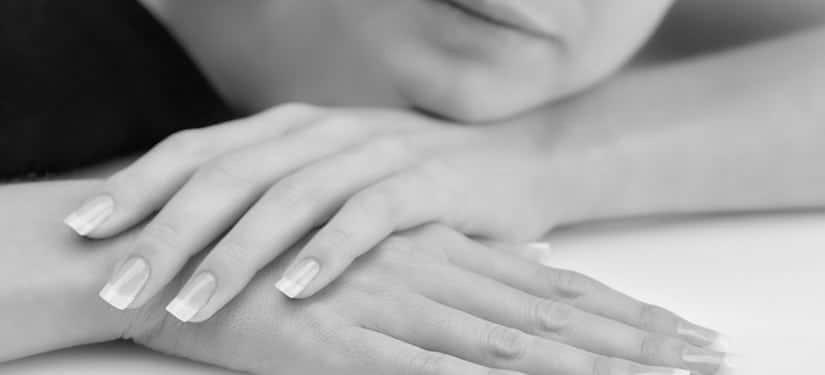
If you want your acrylic nails to last longer, you need to avoid frequent touch-ups. These are important because acrylic nails can become brittle and weak, even if they are still problematic. They can also cause your natural nails to break and need to be replaced. Getting frequent touch-ups can be expensive and time-consuming. Here are a few tips to avoid periodic touch-ups when getting acrylic nails.
If your nail technician applies acrylic polish to wet nails, ask about this. Wet acrylic nails can become irritated by the monomer, a material used to create acrylic nails. Ensure that the monomer is diluted with polymer to prevent it from swamping soft tissues. If the polymer is too wet, it can break down, making it impossible to keep your nails looking great.
After your acrylic nails are applied, you should apply cuticle oil and moisturize your hands. It’s also good to use a top coat to lock in the color. This topcoat will also help seal in the shade and prevent breakage. Apply cuticle oil every day or every other day to keep your natural nails healthy. Afterward, apply a clear topcoat to lock in the color and prevent bacteria from growing.
While acrylic nails are not known for damaging your natural nails, frequent touch-ups can cause them to break down, leaving them brittle and weak. Aside from these negative consequences, acrylic nails require regular fills and periodic touch-ups. If you have a long-term acrylic nail treatment, this may be the best option. You can also take good care of your acrylic nails at home and avoid frequent touch-ups.
The best way to ensure that your acrylics last for longer is to find a nail artist who specializes in acrylics and can offer tips to care for them afterward. A quality technician should be able to take care of them and give you the best results possible. Don’t be afraid to ask for examples or pictures of the designs you want. And make sure to find someone who knows how to care for them and how to protect them from wear and tear.
After getting your acrylic nails, keep in mind that it can be painful. The nail technician will push back your cuticles and remove any extra flesh around your natural nail. This may cause some pain at first, but it will subside as your natural nails grow back their base. If the pain persists, it’s best to find a new technician. So, the next time you’re getting your acrylics, avoid frequent touch-ups.
If your acrylics start chipping, it’s time to get a refill. This saves both time and money because you don’t have to go back to the nail salon to remove them. It also prevents damage to your natural nails and keeps your acrylic nails looking fresh. To prepare for the filling process, use a high grit file and a sponge buffer to gently buff the nail bed. You can also use a barrel-shaped bit to speed up the drilling process.
Avoid cheap acrylic treatment.
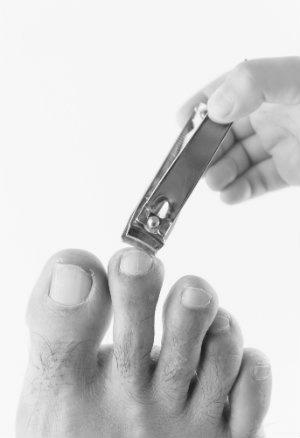
If you’re looking for a quick and easy solution to your unkempt nails, avoid getting an acrylic treatment done by a cheap salon. While acrylic nails do not harm natural nails, if they’re not properly taken care of, they can cause problems. If you don’t get your nails professionally manicured, you might develop a gap between the acrylic and your nail, leading to an infection. To avoid this problem, take photos of your existing nails and take them with you to the nail salon. Moreover, it’s essential to find a nail artist who has experience caring for acrylics.
After having your acrylic nails installed, you will need to get them every two to three weeks to maintain the look. You should make these appointments according to your natural nail growth and a nail artist’s recommendation. Remember that acrylic nails tend to break and grow out, making them prone to damage. They can also break off easily, which is even worse for your natural nails in the long run. That’s why it’s essential to get regular fills to keep your nails looking fresh and beautiful.
The main concern that many people have with acrylic nails is their length. However, it’s possible to achieve the size you want by cutting them down and filling them at home. Use a sharp nail clipper and cut the acrylic down to leave at least two centimeters of the nail bed visible. It’s also the fastest way to achieve natural nail length. The only drawback to doing this at home is the expense so finding a salon with an excellent reputation.
Another reason why you should avoid cheap acrylic treatment is because these types of treatments often have inferior quality and durability. If you want to keep your acrylic nails looking beautiful, you should never pay less than ten dollars per nail. However, a professional technician can charge a higher price than an amateur one. An experienced nail technician can ensure a high level of finish, which will help them last longer. If you’re worried about the quality of the finished job, it’s best to go to a salon, where you know that the technicians will apply a good base coat.
A cheap acrylic treatment may look appealing initially, but it won’t last. If you’re accustomed to the appearance of your artificial nails, you may find them unattractive after a few weeks. Natural nails require less maintenance, lower chemical exposure, and lower costs. Nonetheless, they’re going to be shorter and unkempt than your artificial ones. You should also consider the length of your natural nails before choosing an acrylic treatment.
